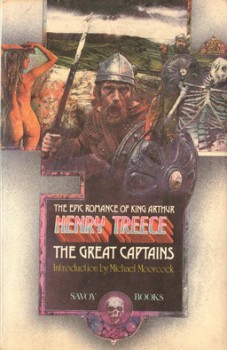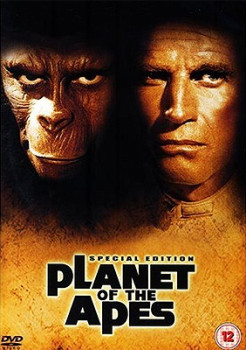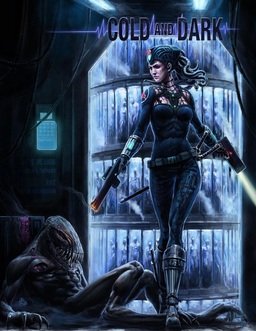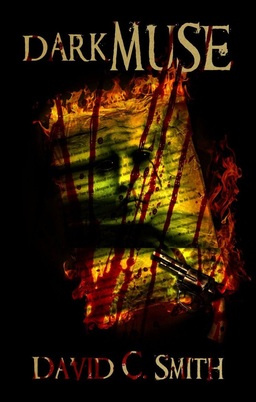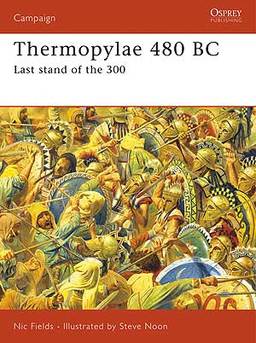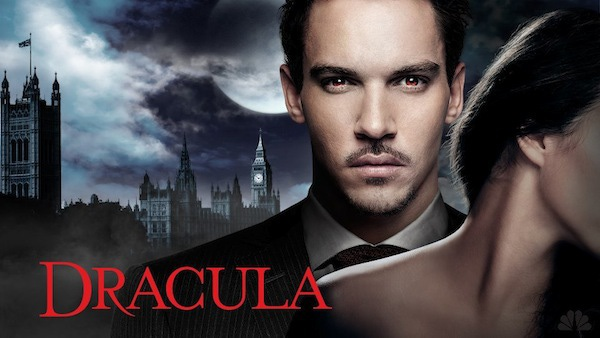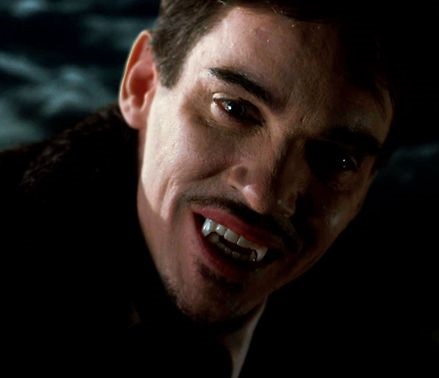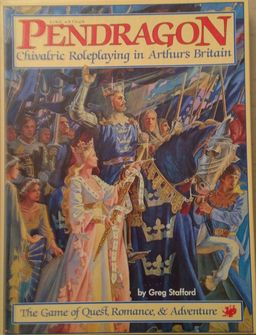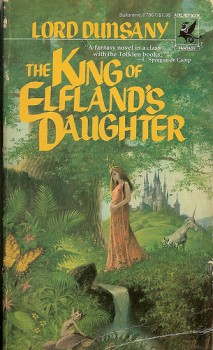Five Vampires
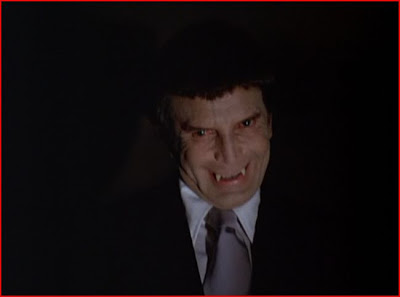 I suspect it’s not uncommon for a person to look back on the era of his earliest days and deem it the “perfect” time to have been a child; I certainly do. I regularly tell my own children how grateful I am to have been a kid in the 1970s. I say this not out of any particular love of plaid, shag carpet, or disco, but for two rather different reasons.
I suspect it’s not uncommon for a person to look back on the era of his earliest days and deem it the “perfect” time to have been a child; I certainly do. I regularly tell my own children how grateful I am to have been a kid in the 1970s. I say this not out of any particular love of plaid, shag carpet, or disco, but for two rather different reasons.
Firstly, ’70s were obsessed with the weird, the occult, and the apocalyptic. From The Exorcist to Soylent Green to In Search Of, there was clearly something in the air during that decade, something that had a profound effect on my youthful psyche and planted the seeds for many of my lifelong preoccupations. Secondly, the 1970s (at least as I experienced them in suburban Baltimore) was a time when contemporary television programming couldn’t keep up with demand, resulting in lots of reruns of older shows and movies being shown to plug holes in the schedule. The happy consequence of this for me was that I got to see tons of stuff made before I was born – including lots of great horror movies.
My imagination was thus founded on an unholy combination of old school horror films and Me Generation shlock – and I mean that in the best possible way. As a bookish kid with macabre sensibilities (owing perhaps to my being born two days before Halloween), the 1970s provided me with the raw materials needed to fuel my dreams and nightmares for many years to come. This is nowhere more apparent than when I look back on the various vampires I first encountered in those heady days.
